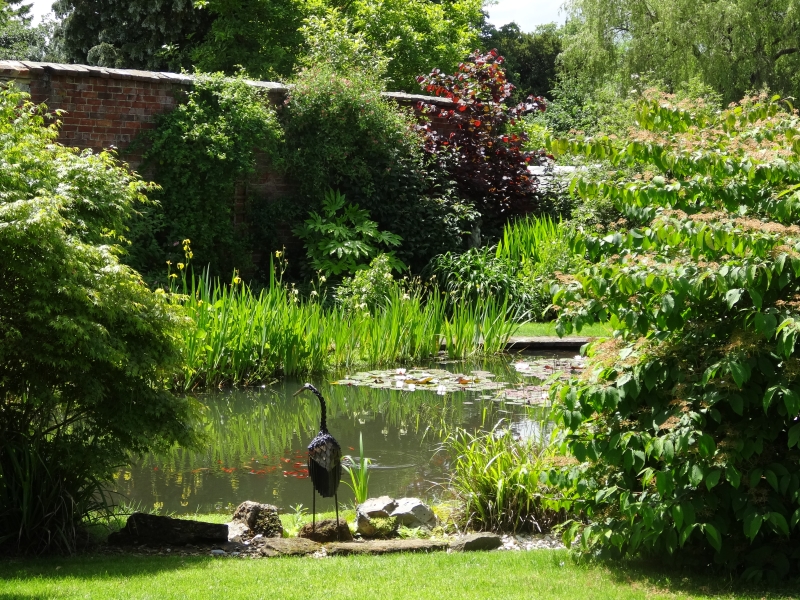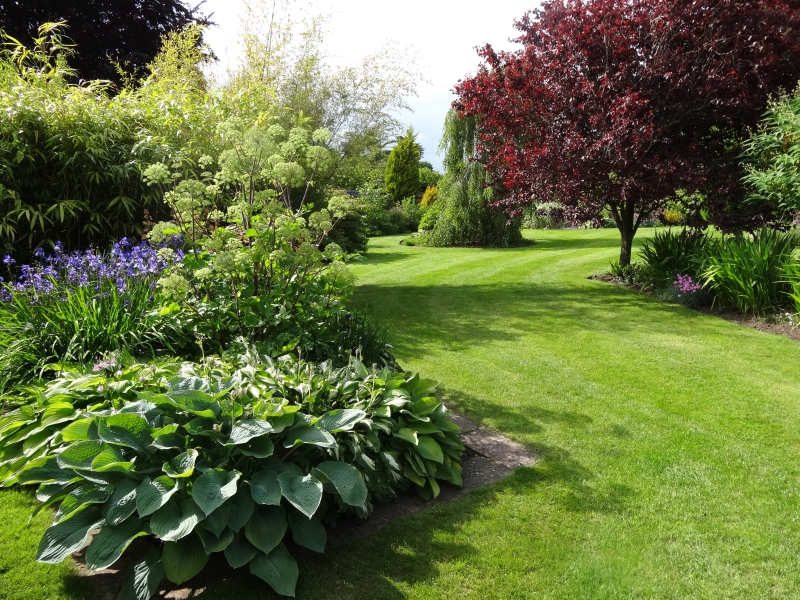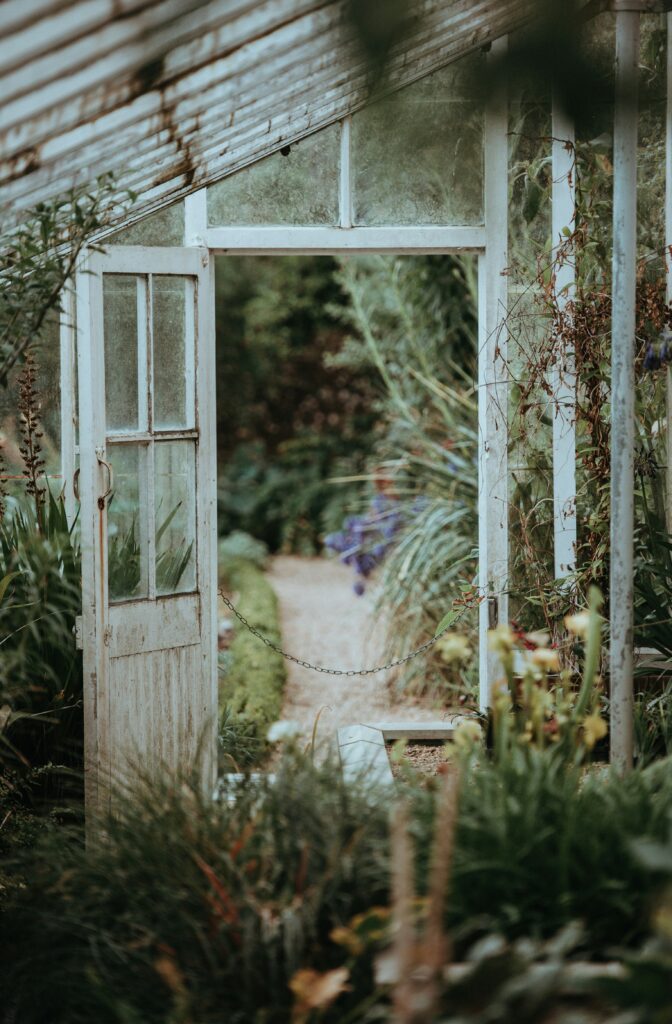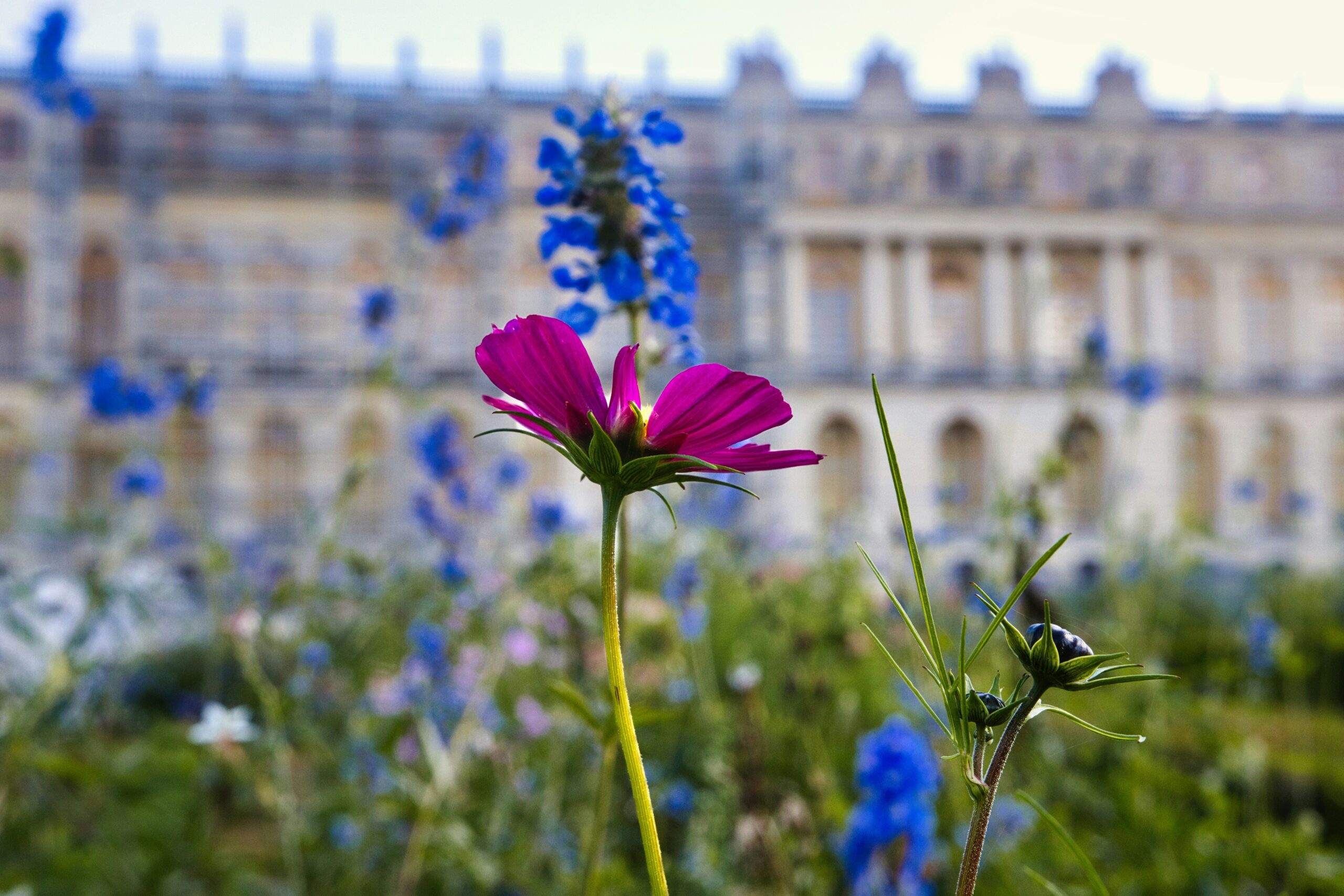Our March 2024 Evening Talk


Richard Preston
Subject: “Primrose Gardens, Steeple Aston”
An audience of 40+ members and guests braved a wet and blustery evening to attend the latest in our season of talks.
This time we were well entertained by a lively presentation by Richard Preston, who has superb comic timing and a great line in anecdotes.
Richard described the background to the establishment of Primrose Gardens in Steeple Aston. The gardens are a former walled kitchen garden, part of a much larger estate called The Grange, a large mansion which was sold for redevelopment. The grounds were also divided and sold, including the former Head Gardener’s “Primrose Cottage”. Richard’s grandfather Richard Wadham was Head Gardener for 40 years until 1939.
In the early 1950s the cottage and an acre of ground was purchased by Richard’s father, who developed the land as a vegetable-growing enterprise until 2001. During this time, produce from the garden were sold via the family van delivery service. Richard became fully involved with this, until a change of direction on retirement, when the story of the development of this acre of farmed land became today’s Primrose Gardens.
Richard and his wife Daphne have changed the plot beyond recognition using their own skills and imagination. This has been achieved with some help from, for example, their son-in-law who had an eye for the contents of a skip or two! Richard’s obvious negotiating skills also enabled him to find extraordinary garden features such as a terracotta warrior, an antique street lamp, a random sundial and much else to give the garden several points of focus.
But it was Richard’s lively description of the past 20 years of development from what was an originally (possibly tongue in cheek?) idea of a low maintenance stretch of lawn with a few borders. It has now become a haven of flowers, shrubs, smaller trees, and an ever-decreasing amount of grass! A tour-de-force, amongst many, is a large pond created by Richard on what is a sandy loam and now looks like it has been there for ever.
Richard’s description of the changing face of the garden through the past 130 years, and his own involvement since the 1950s, was a true eye-opener. His talk was certainly an inspiration for us to think about visiting as a group before too long.



